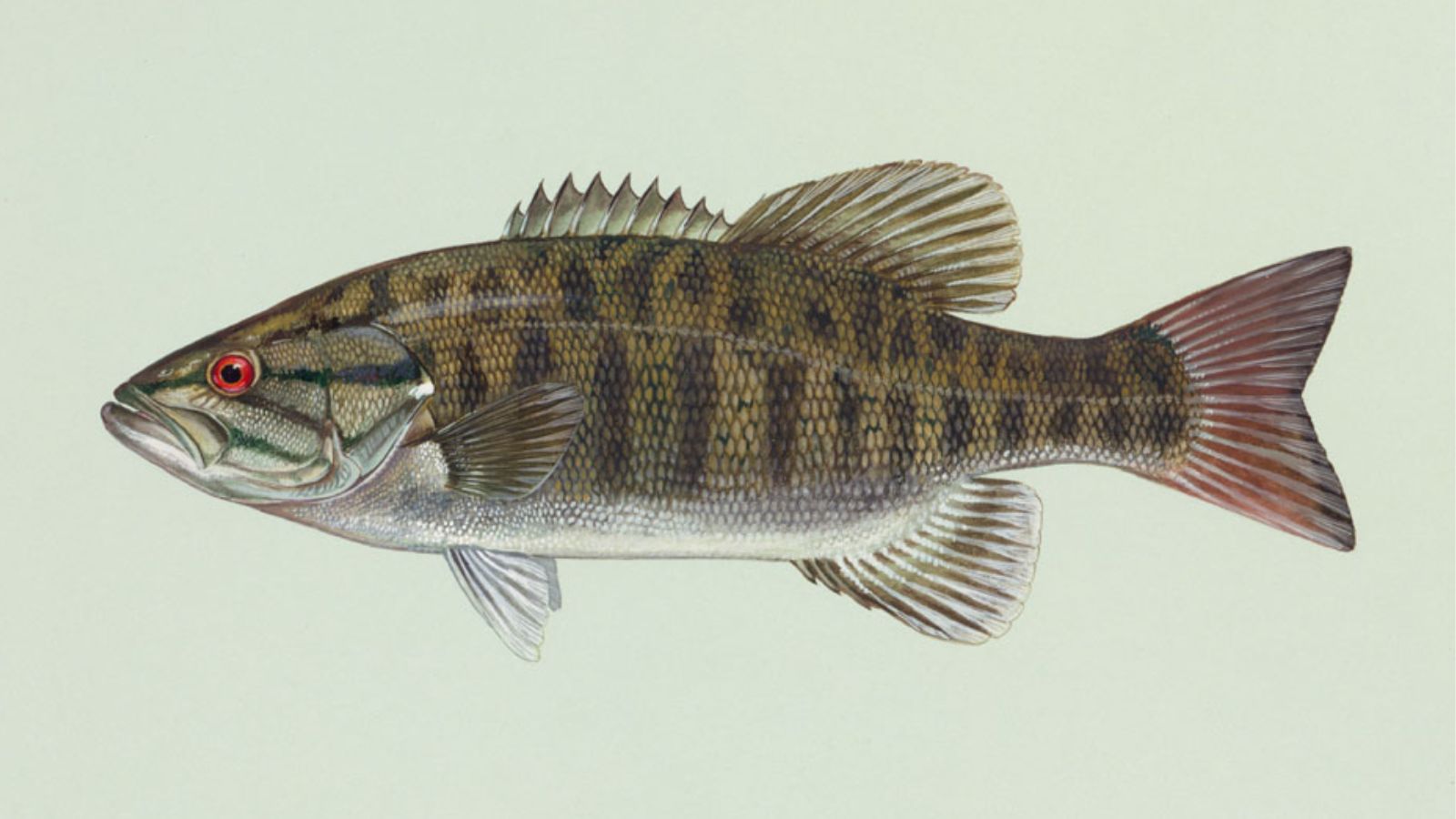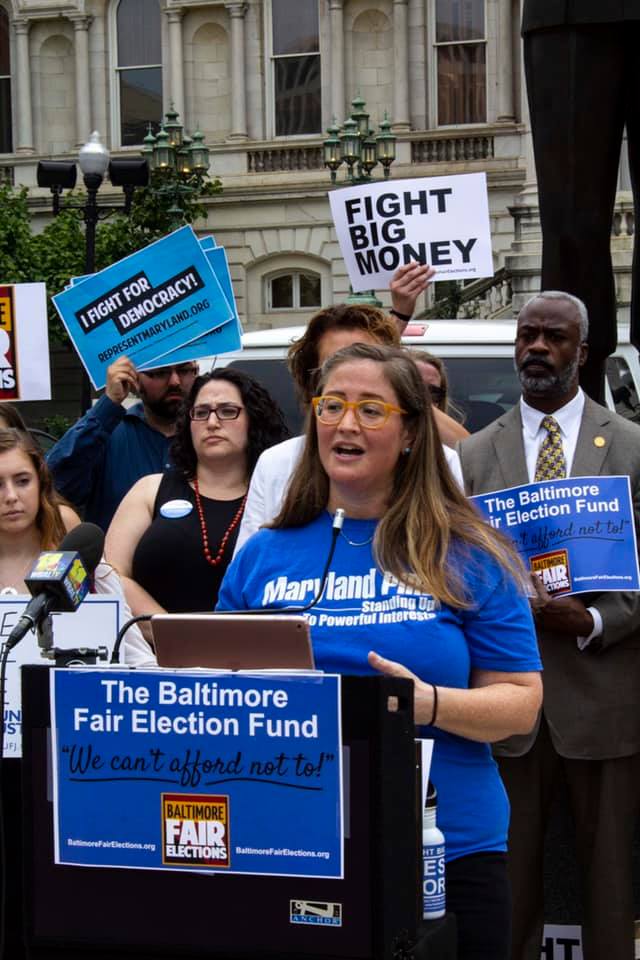
Let’s ban toxic chemicals in paint strippers
On Tuesday we were pleased to suppoort Delegate Lam's bill, HB1138 to ban the use of the chemicals methylene chloride (DCM) and N-methylpyrrolidone (NMP) in paintstrippers. These chemicals are highly toxic and dangerous.
On Tuesday we were pleased to suppoort Delegate Lam’s bill, HB1138 to ban the use of the chemicals methylene chloride (DCM) and N-methylpyrrolidone (NMP) in paintstrippers. These chemicals are highly toxic and dangerous.
HB1138: Public Health – Sale and Distribution of Products Containing NMP and DCM – Prohibition
Health and Government Operations
March 13th, 2018
Position: Favorable
Maryland PIRG is a statewide, non-partisan, non-profit, citizen-funded public interest advocacy organization with grassroots members across the state and a student funded, student directed chapter at the University of Maryland College Park. For forty years we’ve stood up to powerful interests whenever they threaten our health and safety, our financial security, or our right to fully participate in our democratic society.
We would like to thank the members of this committee for your leadership in passing legislation to restrict toxic chemicals from consumer products. Chemicals linked to cancer, developmental toxicity and other health impacts don’t belong in consumer productions.
The chemicals methylene chloride (DCM) and N-methylpyrrolidone (NMP), used in paint and coating removal, are not only linked to negative health impacts, they have also caused immediate death, including 3 known deaths in Maryland.[1] These chemicals need to be banned immediately.
If you’ve ever used a can of paint stripper, you know it smells toxic. It is. And even short-term exposure to some paint strippers can be deadly.
- The chemicals can cause asphyxiation and heart attacks.
- Paint strippers containing DCM have been linked to dozens of deaths from uses like refinishing bathtubs, cleaning and gluing carpets, and stripping pools.[2]
- NMP is dangerous too: If a pregnant women is exposed, her child is at risk of serious developmental problems.[3]
- Exposure to both DCM and NMP has been linked to liver damage and cancer. [4][5]
That’s why Maryland PIRG, along with our sister organizations and coalition partners around the country, petitioned the EPA to ban to ban commercial and consumer uses of DCM and NMP in paint and coating removal. In 2017, the EPA proposed bans on the use of these chemicals, citing “unreasonable risk of injury to health.” Unfortunately, the Trump Administration has pulled back the proposed ban, and these products are still on store shelves and people are dying – both from “DIY” use and professional use.
In December CBS News covered a story on the death of 21-year-old Kevin Hartley, who died at work refinishing a bathtub. Kevin took a special training course to protect himself from chemicals used to strip paint. But despite wearing gloves and a respirator, he was overcome by the chemicals in the paint stripper he was using. [6]
DCM and NMP are already banned in Europe and safer alternatives are readily available. The United States and Maryland already place some restrictions on DCM: it is banned as ingredient in cosmetics by FDA; it is prohibited for use in removing lead-based paint by HUD; and, it is considered a potential occupational carcinogen by NIOSH. DCM is also prohibited from use in graffiti removal in 11 States & DC, including Maryland.
There is simply no good reason to use such dangerous chemicals in paint strippers. Let’s save lives by banning DCM and NMP in paint strippers.
We respectfully request a favorable report on HB1138.
[1] Jamie Smith Hopkins, “Breathing Death: This chemical is found in most hardware stores and kills suddenly. Why has the EPA done nothing?,” Slate, September 21, 2015.
[2] Lydia Wheeler, “Chemical in paint remover found dangerous for pregnant women,” The Hill, March 23, 2015.
[3] “TSCA Work Plan Chemical Risk Assessment: N-Methylpyrrolidone: Paint Stripper Use,” The Hill, March 23, 2015,
[4] “TSCA Work Plan Chemical Risk Assessment: Methylene Chloride,” Environmental Protection Agency, August 2014.
[5] “Why is dangerous chemical in common paint strippers still on the market?” CBS News, December 7, 2017,
[6] Jamie Smith Hopkins, “Breathing Death: This chemical is found in most hardware stores and kills suddenly. Why has the EPA done nothing?,” Slate, September 21, 2015.
Topics
Authors
Emily Scarr
State Director, Maryland PIRG; Director, Stop Toxic PFAS Campaign, PIRG
Emily directs strategy, organizational development, research, communications and legislative advocacy for Maryland PIRG. Emily has helped win small donor public financing in Baltimore City, Baltimore County, Howard County, Montgomery County, and Prince George's County. She has played a key role in establishing new state laws to to protect public health by restricting the use of antibiotics on Maryland farms, require testing for lead in school drinking water and restrict the use of toxic flame retardant and PFAS chemicals. Emily also serves on the Executive Committees of the Maryland Fair Elections Coalition and the Maryland Campaign to Keep Antibiotics Working. Emily lives in Baltimore City with her husband, kids, and dog.
Find Out More
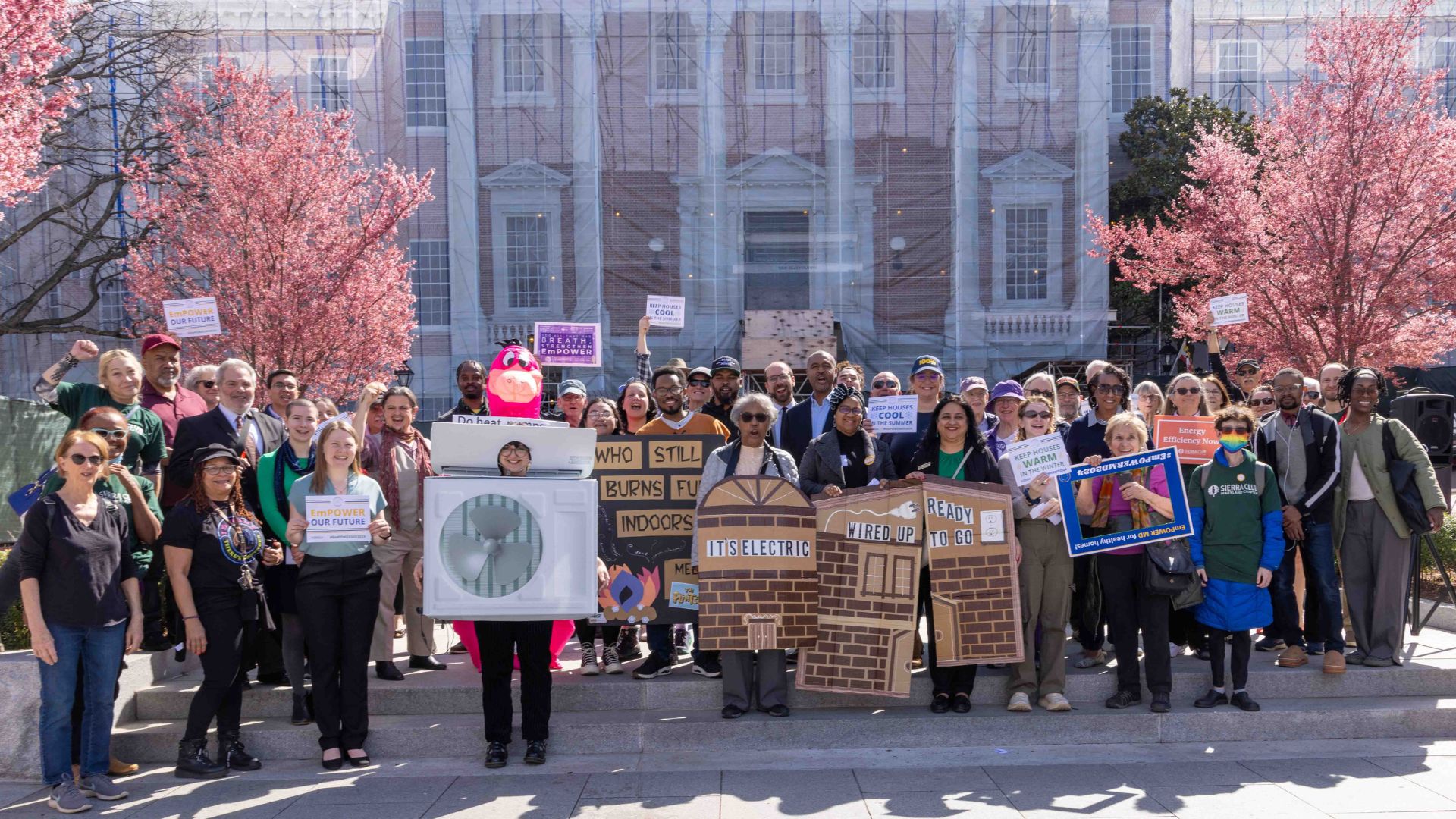
2024 Maryland Legislative Session: Wins and Losses
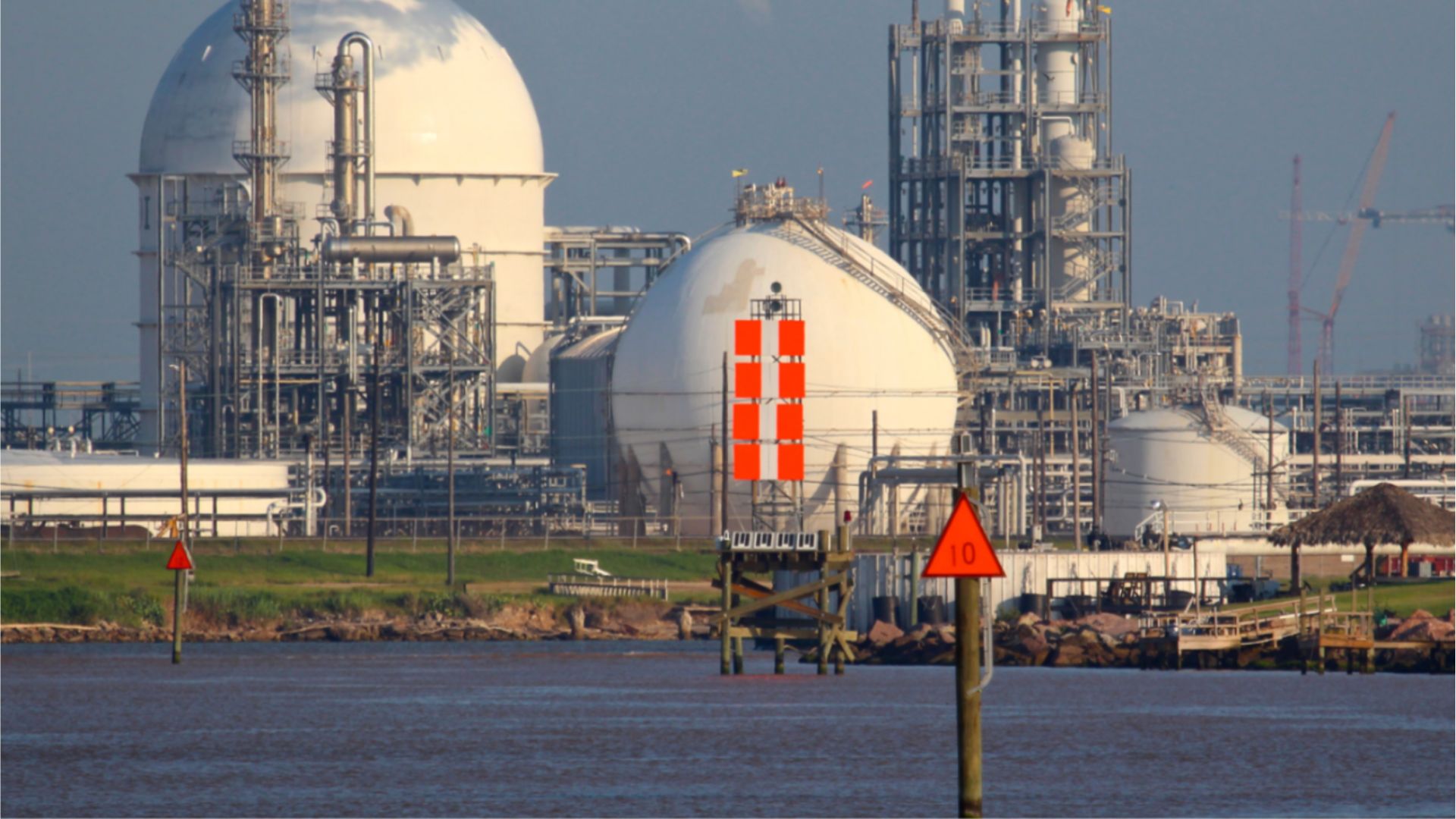
Protecting Maryland Water from PFAS Pollution
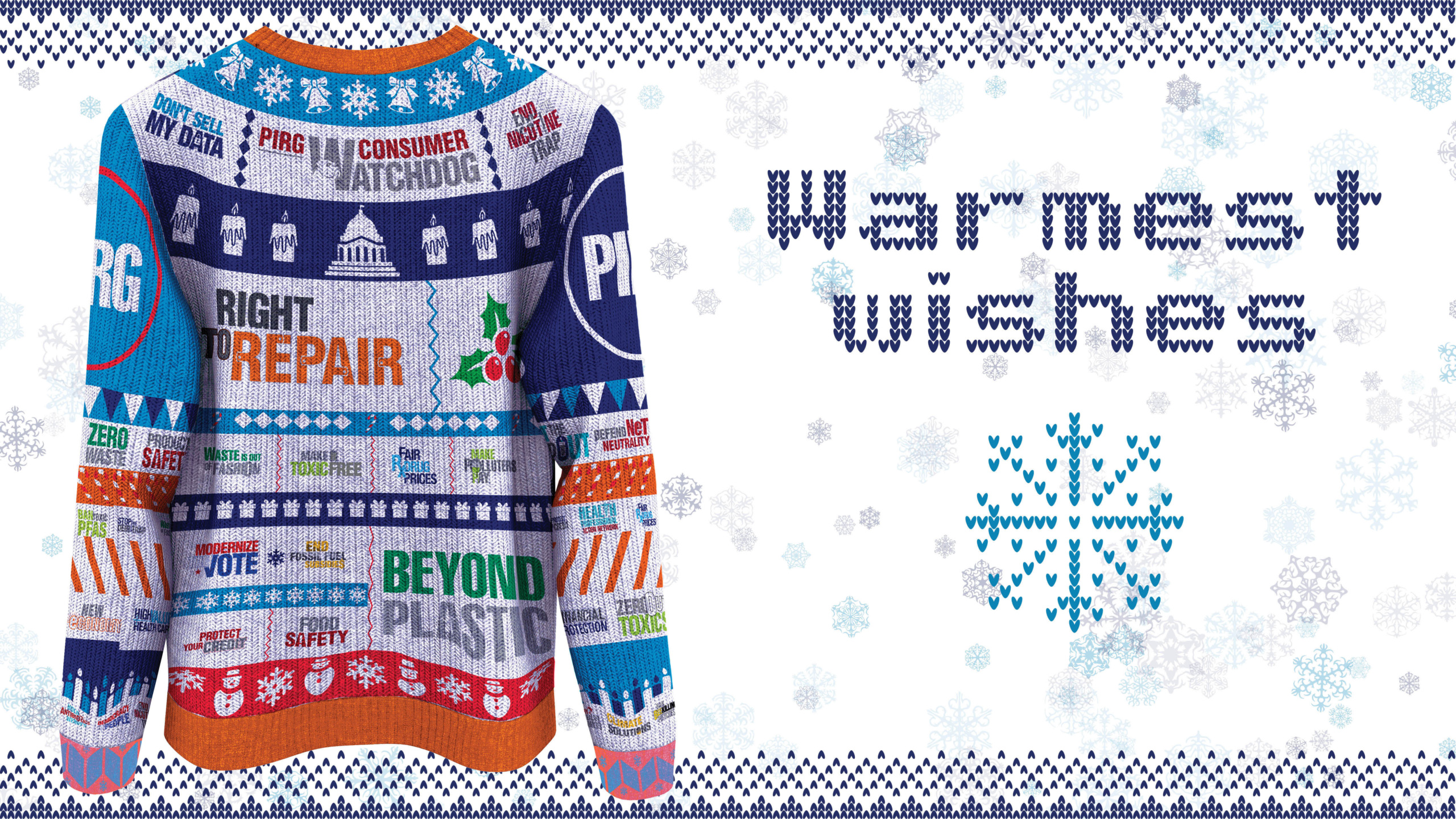
PIRG’s warmest wishes for a safe and happy new year
